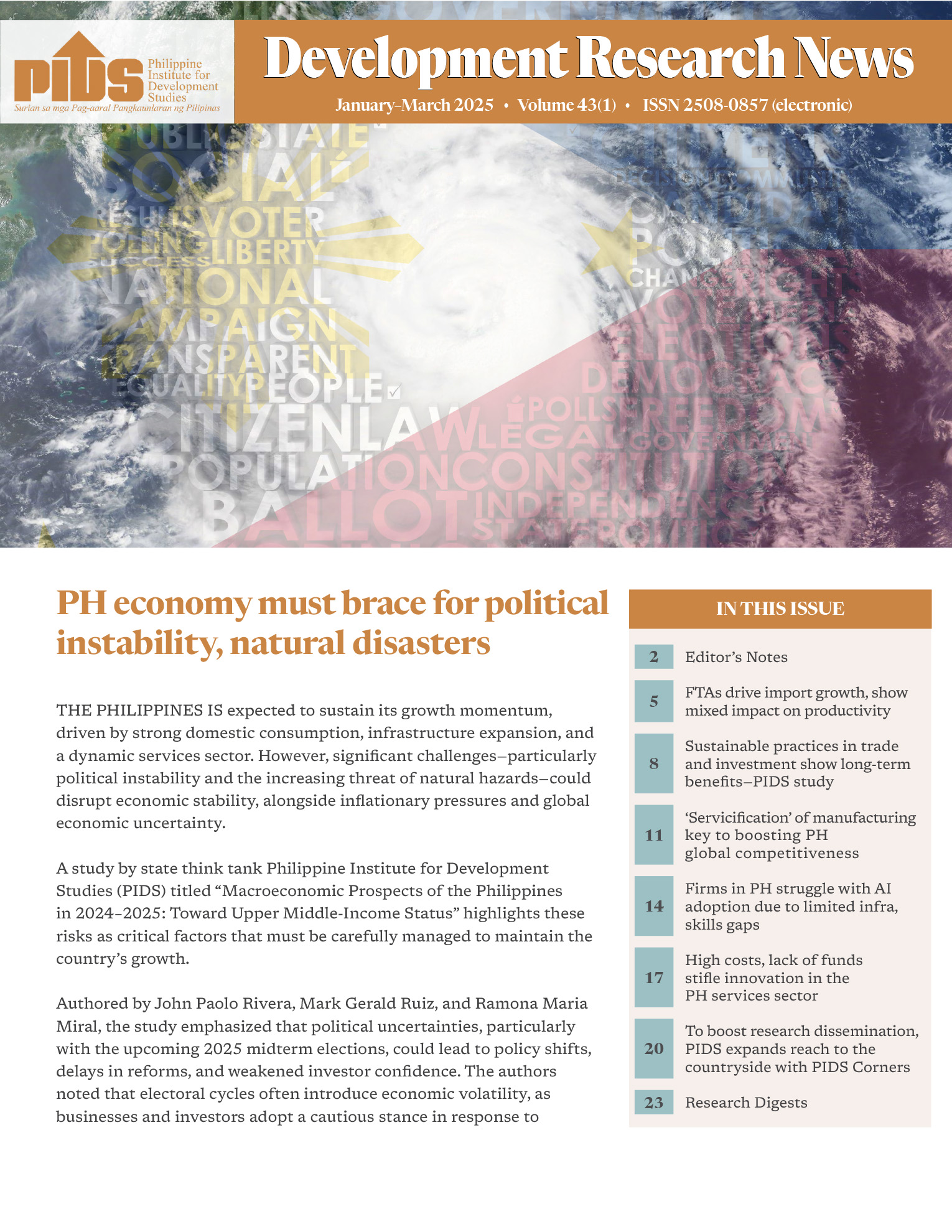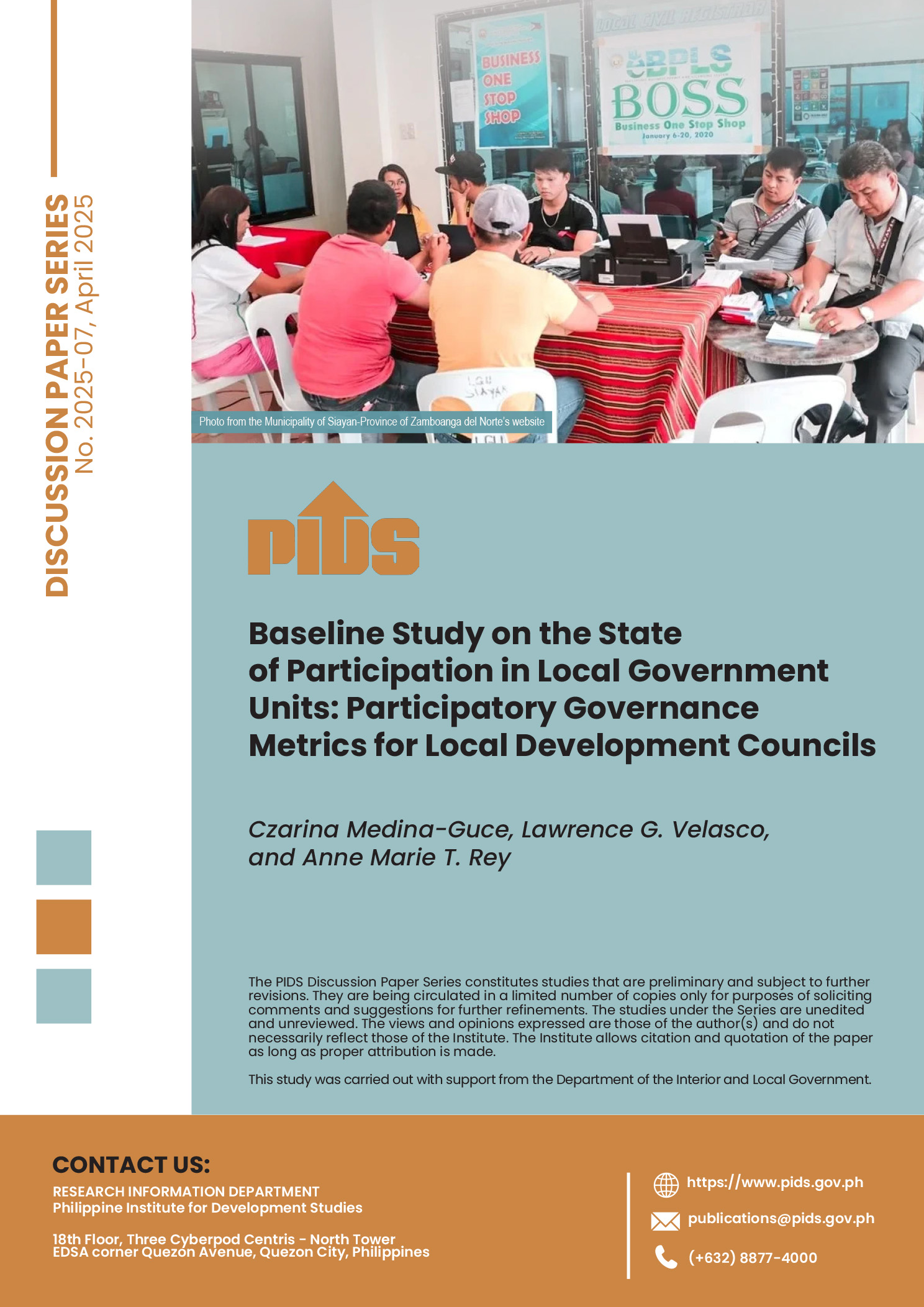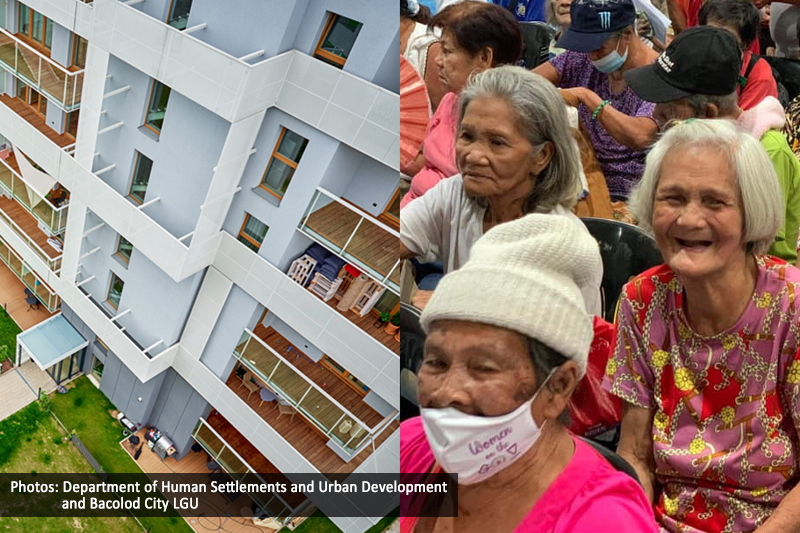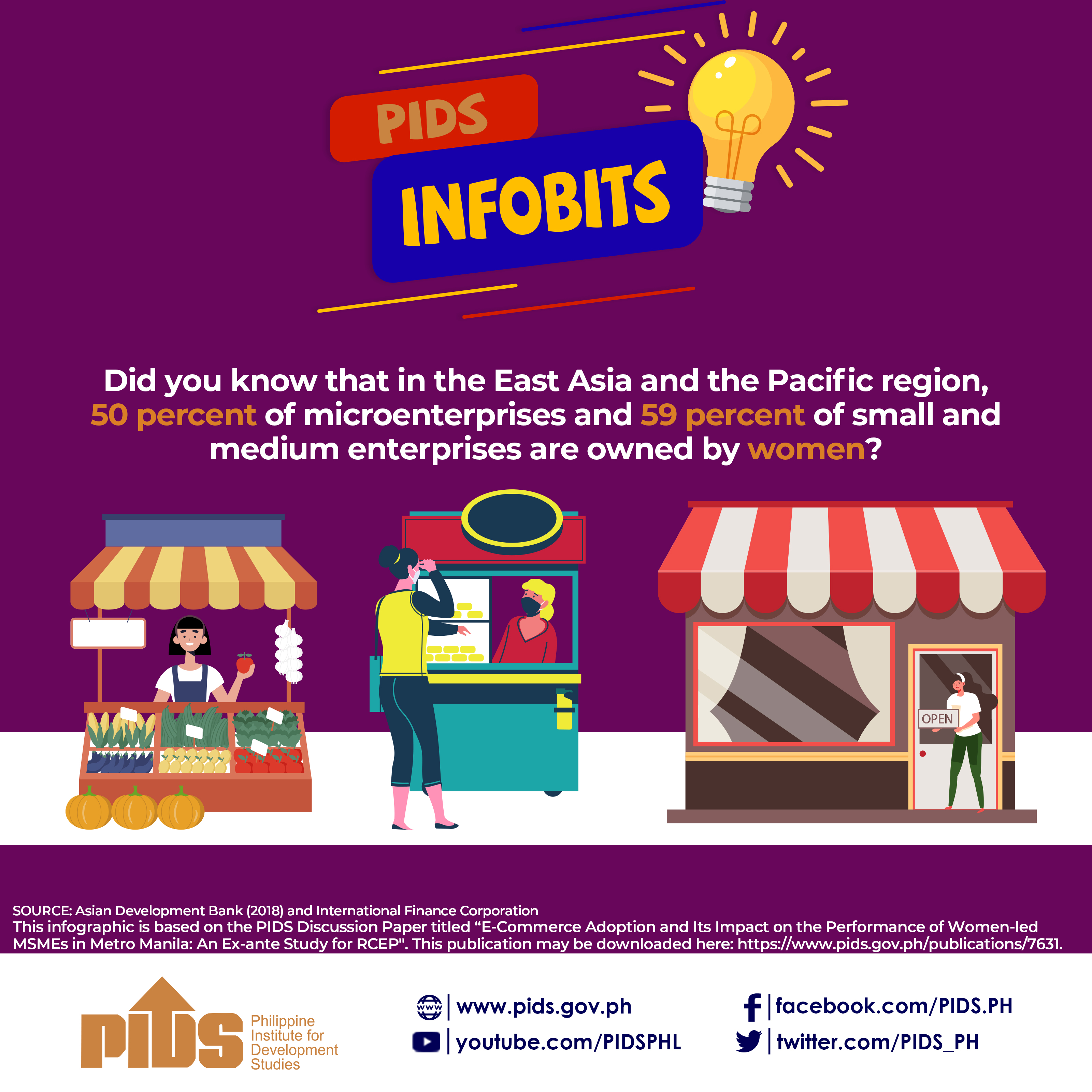DAVAO Region has the most firms utilizing e-commerce in Mindanao in 2013 and 2015, a study revealed.
Francis Mark Quimba and Sylwyn Calizo, researchers of the state think tank Philippine Institute for Development Studies (Pids), noted that Davao Region has a significant share of establishments using their internet in their business processes in 2013 and 2015 in their study entitled Determinants of E-Commerce Adoption of Philippine Businesses released on December 2019.
In all of the firms in the country adopting e-commerce, Davao Region has a share of 7.3 percent in 2013, followed by Northern Mindanao (6.1 percent), Soccsksargen (3.0 percent), Caraga (2.5 percent), and Zamboanga Peninsula (1.5 percent).
Although the percentage from Davao Region dropped in 2015 to 5.5 percent against the whole country, it still leads in Mindanao when it comes to the use of e-commerce.
The study also showed that Bangsamoro Autonomous Region in Muslim Mindanao (Barmm) started adopting e-commerce in 2015, contributing about 0.4 percent.
However, Quimba and Calizo revealed that overall, Philippines lagged in the adoption of e-commerce with about one in every seven firms using e-commerce in 2015.
“This is quite low considering the rapid pace at which the digital economy is growing in the country.” the researchers said.
These are mostly stock market corporations, single proprietorship, and government agencies. They are seen to have purchases or sales online.
Quimba and Calizo also observed a slight increase in e-commerce adoption among micro and small firms.
Micro firms using e-commerce increased 5.9 percent in 2013 to 6.2 percent in 2015 while small firms have increased to 14.6 percent from 13.8 percent in the same period.
According to the researchers, among the reasons for firms not to adopt e-commerce are their “preference to retain their current business model, security and privacy concerns, unreliable internet connection, incompatibility of computer systems between consumers and suppliers, and the high development and maintenance costs of an e-commerce system.”
The survey was done to 38,103 establishments in 2013 and 37,851 establishments in 2015 taken from the data provided by the Philippine Statistics Authority’s Survey of Information and Communications Technology.
Francis Mark Quimba and Sylwyn Calizo, researchers of the state think tank Philippine Institute for Development Studies (Pids), noted that Davao Region has a significant share of establishments using their internet in their business processes in 2013 and 2015 in their study entitled Determinants of E-Commerce Adoption of Philippine Businesses released on December 2019.
In all of the firms in the country adopting e-commerce, Davao Region has a share of 7.3 percent in 2013, followed by Northern Mindanao (6.1 percent), Soccsksargen (3.0 percent), Caraga (2.5 percent), and Zamboanga Peninsula (1.5 percent).
Although the percentage from Davao Region dropped in 2015 to 5.5 percent against the whole country, it still leads in Mindanao when it comes to the use of e-commerce.
The study also showed that Bangsamoro Autonomous Region in Muslim Mindanao (Barmm) started adopting e-commerce in 2015, contributing about 0.4 percent.
However, Quimba and Calizo revealed that overall, Philippines lagged in the adoption of e-commerce with about one in every seven firms using e-commerce in 2015.
“This is quite low considering the rapid pace at which the digital economy is growing in the country.” the researchers said.
These are mostly stock market corporations, single proprietorship, and government agencies. They are seen to have purchases or sales online.
Quimba and Calizo also observed a slight increase in e-commerce adoption among micro and small firms.
Micro firms using e-commerce increased 5.9 percent in 2013 to 6.2 percent in 2015 while small firms have increased to 14.6 percent from 13.8 percent in the same period.
According to the researchers, among the reasons for firms not to adopt e-commerce are their “preference to retain their current business model, security and privacy concerns, unreliable internet connection, incompatibility of computer systems between consumers and suppliers, and the high development and maintenance costs of an e-commerce system.”
The survey was done to 38,103 establishments in 2013 and 37,851 establishments in 2015 taken from the data provided by the Philippine Statistics Authority’s Survey of Information and Communications Technology.












